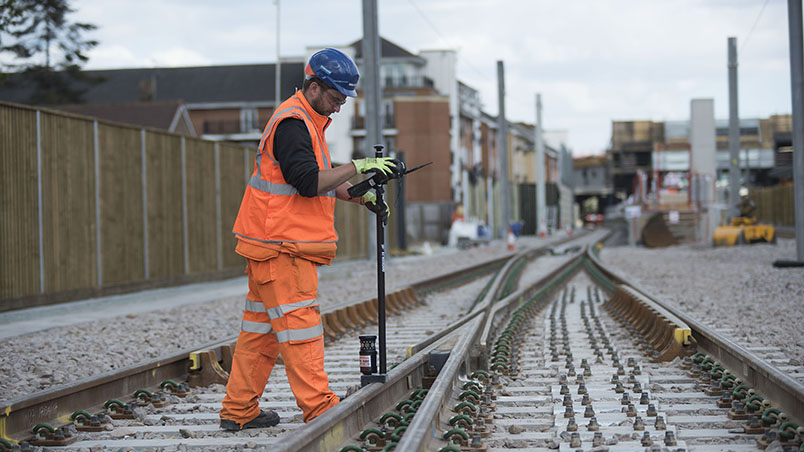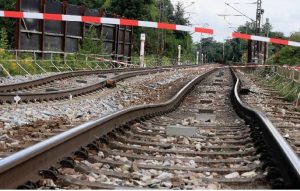Dronehub – new rail worker
The questions that must be asked:
- How many people are currently required/employed to support the overall inspection process for the entire rail system?
- What kind of human error can be removed/eliminated with advanced analytics (AI and Change Detection) by using drones?
Railway industry – main challenges
- In the railway infrastructure, a very important thing is to keep liquidity in working. Any construction failures need to be avoided by early detection and preventive maintenance. In case of any discrepancies, these are needed to react very fast to get the traffic back to normal.
- The main problem the rail industry faces in the inspection is the lack of automation, scalability, and repeatability.
- All of the monitoring activities require the efficient measuring and mapping of railway trajectories and surroundings. Traditional methods of manual surveys are slow, time-consuming, and can cause delays.
- At present, the vast majority of open-air tracks are monitored by security guards and maintenance operatives.
Dronehub for the railway
Dronehub is programmed to run autonomously, moving across the track. It provides a highly integrated tool for monitoring the railway infrastructure covering a wide range of needs: data storage, emergency response tools, analysis, predictions, and maintenance context.
The benefits of using Dronehub are endless:
- Electrical lines examination, catenary lines, and other components like the alignment of tracks or switching points.
- Topographical surveys – drones produce topographical surveys without any risks on specific sites.
- 2D/3D mapping done with ultra-precise and detailed results.
- Earthworks inspection – earthworks structures can be inspected in just a matter of hours.
- Bridges and tunnels inspection – in hard-to-reach areas drones are playing a crucial role, f.e on viaducts. They can easily detect any damages and display any malfunctions in real-time. They can also produce 3d models so any imperfections can be surveyed and detected.
- Inspection of electrical equipment – any defects that appeared on the lines can be detected and displayed in real-time.
Benefits
- Regular inspection improves railway safety, reliability and on-time performance.
- When conducting the analysis drones can speed up the tasks
- Safety – any precautions can be mitigated using drones.
- Time-saving – Drones can collect more information than humans, performing the task fully autonomously.
- High resolution data
- Physical security monitoring (including detection of intrusions, objects stolen or moved, graffiti and vandalism)
- Safety monitoring (for example, early detection of track element/device failures and obstacles on the track, and situation assessment, including line of sight assessment at level crossings and emergency/crisis management)
- Maintain the integrity of railway communications and electrical distribution lines
- Reduce physical hazards to train crews and track maintenance personnel who must work in these areas

